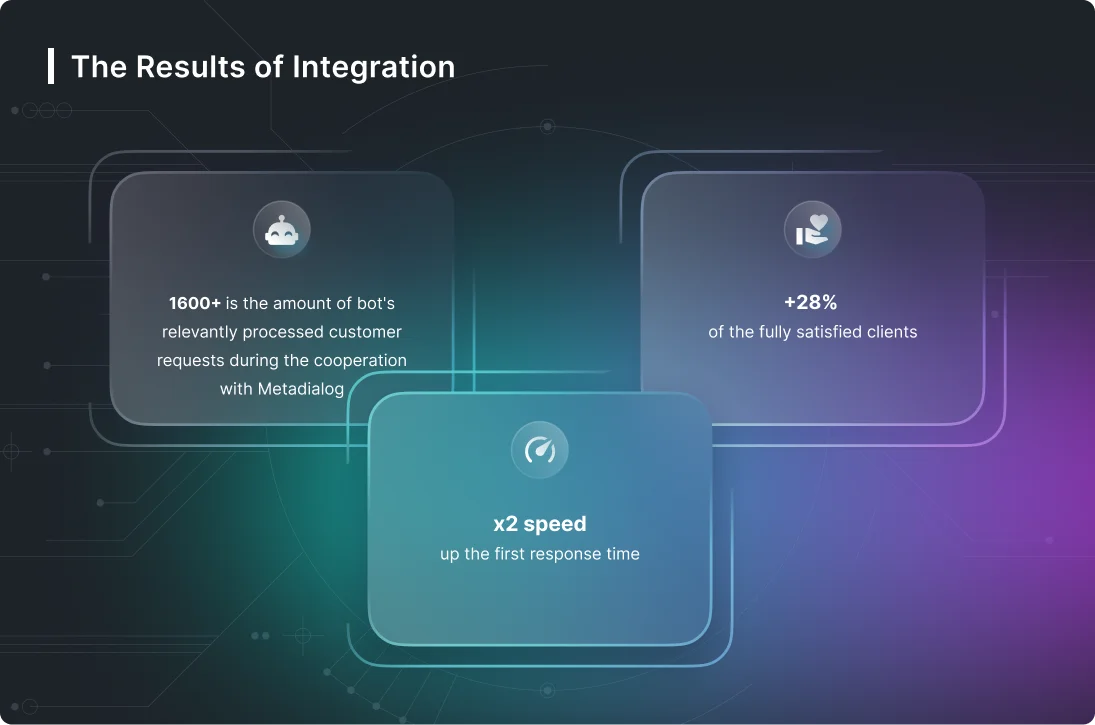Chatbot Design Elements: Using Generative AI and LLMs to Enhance User Experiences
Conversation designers often create these flow maps using tools like Draw.io, Miro or Figma, and use them as a reference guide when creating their script and their prototype. When planning a chatbot, the conversation designer must create and design all of the dialog paths or flows the user could take to reach the end goal. Those paths can include business goals like sales conversion, issue resolution, subscribing, or something else. No longer having to wait for a human to join a live chat, or wait on hold on the phone is a huge benefit of chatbots. According to Salesforce, 59% of customers prefer self-service when they have a simple question or issue. A customer can also choose to chat at the time that works best for them because of the always-on nature of a chatbot.
- Deciding what questions to ask is a foundational part of the chatbot conversation design process.
- In case of NLP, the bots train themselves to answer based on past interactions with customers having similar intent.
- Chatbots rely on, generate, and analyze a great deal of user data.
- Two years ago, I was working at a bank and had the opportunity to dive deep into chatbot UX design.
E.g. both Notion and Coda also do a good job of recommending common actions using AI in the flow of their work, without having to shift to different contexts altogether. It makes working with AI, feel like a part of the user’s natural workflow and nicely blends with the rest of the experience, without drawing too much attention to itself. Since AI models can now understand language, context, and user patterns, they can be leveraged to offer users much more contextual suggestions, guidance, and recommendations.
The Ultimate Chatbot Design Checklist for 2023
Most of the potential problems with UI will already be taken care of. It’s important to consider all the contexts in which people will talk to our chatbot. For example, it may turn out that your message input box will blend with the background of a website. Or messages will become unreadable if they are too dark or light and users decide to switch the color mode.
To act on intents, you must integrate your chatbot with back-end services through custom components. The fact that you are interested in using a chatbot for lead gen is telling that you probably want their email, phone, and perhaps company name. When you sign up for Customers.ai, you are given the option to start a chatbot from scratch or utilize a template. Doing this allows you to see the conversational flow or “tree” and also take advantage of any Facebook Messenger templates.
Chatbot Design: Best Practices & 12 Insider Tips
The business functions can be balanced by using both platforms to deliver automated conversational support to customers. Businesses whose priority is instant response and 24×7 availability can use chatbots as the first point of interaction to answer FAQs. Live chat and chatbot are two great communication channels for real time engagement with customers.

One of the prime purposes of a chatbot is to offload customer interaction from humans and increase the productivity of the team. Thus, the design not only requires you to think your chatbot manners but also demands that the chatbot treats your earned customers just right (Lot like how you would treat them). That’s why we have some rules listed here for you to craft an impressive chatbot. Chatbot design tools are specialized tools that allow designers to model user’s interactions with chatbots.
Updating Our Views on Chatbot Design
In this article, we’ll explore how to design a chatbot using ChatGPT that aligns with your brand image, provides an excellent user experience, and increases customer engagement. On the other hand, AI-based chatbots can learn from user interactions and improve their responses over time. Their technology enables them to understand natural language and provide more personalized responses. They are simulations that can understand human language, process it, and interact back with humans while performing specific tasks. For example, a chatbot can be employed as a helpdesk executive. Joseph Weizenbaum created the first chatbot in 1966, named Eliza.
Infuse personality and tone into the chatbot’s responses to create a friendlier experience. Incorporate rich media such as images or videos when relevant to enhance engagement. Provide interactive elements like buttons or quick-reply options to simplify user interactions. Continuously gather user feedback and iterate on your chatbot to improve its usability and overall user experience. As with any other business solution, it’s important to monitor and analyze the performance of a chatbot to ensure it’s delivering the expected results. This includes keeping track of important metrics like response time, user engagement, accuracy, and customer satisfaction.
Read more about https://www.metadialog.com/ here.
